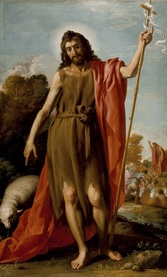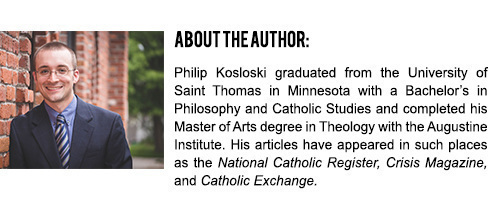
In starting our series on the liturgical year, we first examine the season of Advent. This particular season is at the beginning of the Church's year and prepares us for the coming of Christ and sets the stage for the remainder of the year.
The word Advent comes from the Latin Adventus, meaning, "coming." It is a season that is focused on the coming of Christ into the world at Christmas as well as looking forward to the second coming of Christ at the end of time. The Catechism explains the symbolism behind this beautiful season: 522 The coming of God's Son to earth is an event of such immensity that God willed to prepare for it over centuries. He makes everything converge on Christ: all the rituals and sacrifices, figures and symbols of the "First Covenant". He announces him through the mouths of the prophets who succeeded one another in Israel. Moreover, he awakens in the hearts of the pagans a dim expectation of this coming. 524 When the Church celebrates the liturgy of Advent each year, she makes present this ancient expectancy of the Messiah, for by sharing in the long preparation for the Savior's first coming, the faithful renew their ardent desire for his second coming. By celebrating the precursor's birth and martyrdom, the Church unites herself to [St. John the Baptist's] desire: "He must increase, but I must decrease." At the start of the Church's year, we encounter the first liturgical color: purple/violet. The color has been associated with the spiritual theme of preparation, penance, and renewal. Therefore, whenever the Church uses purple, she is reminding us to prepare a way for the Lord and imitate the example of St. John the Baptist. He is the prime example of these themes and is the key to unlocking the great season of Advent. To heighten our senses during Advent, the Church uses a tradition called the "Advent Wreath" to help us enter into the season. The USCCB offers this explanation of the practice: Traditionally, Advent wreaths are constructed of a circle of evergreen branches into which four candles are inserted, representing the four weeks of Advent. Ideally, three candles are purple and one is rose, but white candles can also be used. The purple candles in particular symbolize the prayer, penance, and preparatory sacrifices and goods works undertaken at this time. The rose candle is lit on the third Sunday, Gaudete Sunday, when the priest also wears rose vestments at Mass; Gaudete Sunday is the Sunday of rejoicing, because the faithful have arrived at the midpoint of Advent, when their preparation is now half over and they are close to Christmas. The progressive lighting of the candles symbolizes the expectation and hope surrounding our Lord’s first coming into the world and the anticipation of his second coming to judge the living and the dead. Everything about the season asks us to prepare a way for the Lord and is a fitting start to the liturgical year. It is a season that prepares us to enter into the life of Christ as it is lived out in the Church's calendar. As we will see, each season builds upon itself and goes deeper into the mystery of Jesus Christ. Next week, we will examine the season of Christmas and explore the many facets to this joyous time of the year. Read the Entire Series
0 Comments
Your comment will be posted after it is approved.
Leave a Reply. |
MASS SCHEDULE
Tuesday - Friday: 8:00 AM Saturday: 4:00 PM Sunday: 8:00 AM & 10:00 AM RECONCILIATION
Saturday: 3:15 - 3:45 PM OFFICE HOURS
Monday - Thursday: 8:30 AM – 5:00 PM Friday: 8:30 AM – 12:30 PM Stay Connected with Our ParishWelcome from Our PastorWelcome to Christ the King Catholic Church! Ever since 1938 this parish has been assisting souls in their quest for deeper union with God. Our mission statement is essentially found in the stained glass window above the main altar: “For Christ our King.” Insofar as God made us and we belong to Him, we have come to... Read More
Archives
February 2021
Categories
All
|
Copyright © 2024 Christ the King Parish. All Rights Reserved.
Mailing address: 306 S. LaSalle St, Spencer, WI 54479
(715) 659-4480



 RSS Feed
RSS Feed